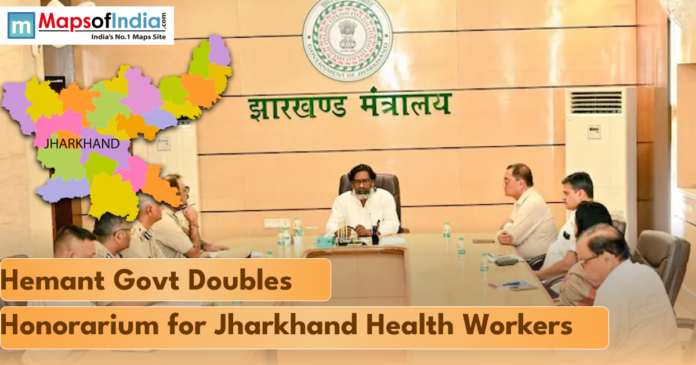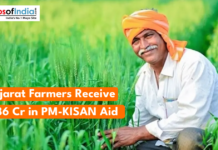On Friday, the Jharkhand government introduced a bold public outreach program, dubbed as Aapki Yojna, Aapki Sarkar, Aapke Dwar, that seeks to take government services, welfare benefits and redressal of grievances to the doorsteps of the citizens. The campaign, which will last a week, will also entail the officials of the different departments visiting all households in the districts and blocks to hear the people out, receive applications and solve the problems as far as possible.
The administration has been instructed by Chief Minister Hemant Soren to make sure that no household is left out, particularly in remote and rural regions where access to government services has remained scarce. The program aims at narrowing the communication and accessibility gap, which usually deprives citizens of access to the benefits of state-run schemes.
On this occasion of the public service, camps have been established at the panchayat level, wherein individuals can make applications for vital documents like income certificates and caste certificates, ration card corrections, birth and death certificates, and land-related documents like mutation and ownership records. This drive will also present faster processing of social security schemes such as widows, the elderly and disabled citizens’ pensions.
This has not just been the government highlighting it as an awareness campaign but also the government has underlined that there is a serious service delivery mission as a service guarantee under the service guarantee framework. Verifications and approvals of applications and even disbursing benefits, where possible, during the camp period have been ordered to be done by the officials. The district administrations have brought them units of officers to monitor every panchayat to help in the seamless running of panchayats and completion of the tasks in time.
The top officials have observed that distance, transport, or economic factors hinder many citizens, particularly those in the interior areas, from accessing government offices. The government wants to make welfare delivery more convenient, transparent and inclusive by bringing the administration to their house.
During earlier stages of comparable campaigns, the government claimed that the participation rate was quite high, and thousands of applications were being received, which proves that there was a high demand among the people to get outreached through the grassroots. Under this new push, the state is optimistic that it will solve all the outstanding grievances, enhance the level of satisfaction, and establish a more open system of governance.
Though the initiative has been greatly acclaimed, people think that its success in the long term will be determined by the follow-up after the drive. The extent to which the applications that are accepted are handled to the end and grievances that are raised are addressed in a responsible manner will dictate how effective the scheme will turn out to be.










